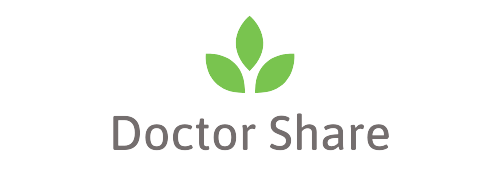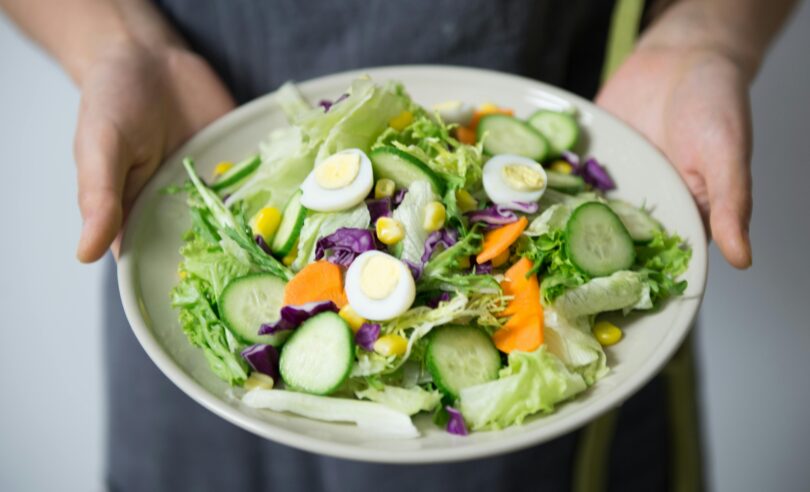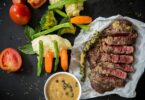“I can’t eat anything anymore.”
If you’ve ever said or thought those words while living with IBS, food allergies, or chronic gut issues, you’re not alone. And you’re not being dramatic — you’re being honest.
When the list of safe foods gets shorter, life can start to feel smaller too. Eating becomes stressful. Meal planning becomes a chore. Socializing feels risky. And joy in food — one of life’s basic pleasures — disappears.
But here’s the science-backed truth: It’s possible to eat restrictively without living restrictively.
Let’s explore how to approach your food limitations without letting them limit your life.

Why We Restrict: The Science Behind Elimination Diets
Most restrictive diets aren’t just trendy — they’re strategic.
Elimination diets, low-FODMAP protocols, and food sensitivity plans aim to:
- Identify triggers (gluten, dairy, histamines, FODMAPs, etc.)
- Calm inflammation in the gut
- Reduce immune system overactivation
- Create space for healing
In IBS and food sensitivity cases, restriction is often the first step, not the destination. It’s a clinical tool, not a lifestyle sentence.
When Restriction Becomes a Burden
Despite its therapeutic goals, a restricted diet can take a serious toll — especially emotionally.
Studies show that people on highly restrictive diets report:
- Increased anxiety around eating
- Higher rates of social withdrawal
- Feelings of guilt, frustration, or hopelessness
- Risk of disordered eating patterns
The gut-brain axis plays a key role here. Stress from food fear or overwhelm can actually worsen digestion — creating a vicious cycle of symptoms and restrictions.
So how do you break the cycle?
5 Principles for Surviving (and Thriving) on a Restrictive Diet
1. Redefine “Safe” Eating
Instead of fixating on what you can’t eat, lean into what you can eat — and eat those things with confidence, joy, and creativity. Even a limited list can offer delicious, nourishing combinations.
🔎 Try this: Make a “YES” list — a personal safe food library — and pin it somewhere visible. That list is your playground, not your prison.
2. Cook Simply, Not Boringly
IBS and food allergy diets often require simplicity, but that doesn’t mean monotony. Herbs, cold-pressed oils, low-reactivity spices, and textural contrasts can turn plain meals into comfort food.
🌿 Example: Instead of plain rice and chicken, try turmeric-infused rice with olive oil, shredded chicken, and roasted carrots with rosemary.
3. Separate Your Identity From Your Diet
You are not your diagnosis, and your worth is not measured by what you eat. Whether you’re sipping broth or managing seven food restrictions, you’re still living intentionally — and that’s powerful.
🧠 Mental reframe: “I’m not broken. I’m listening to my body.”
4. Use Supplements Wisely
If your diet is temporarily lacking in variety, supplementation can fill in nutritional gaps.
But don’t overload. Work with a provider who understands your gut health, microbiome, and immune system to build a minimal, safe protocol.
A good spore-based probiotic, like GutShield (Liquid Spore Probiotic), can support digestion and reduce inflammation without adding food triggers.
5. Plan Joy Into Your Life — Beyond Food
If food has become stressful, don’t expect it to be your only joy. While your taste buds are on hold, feed your mind, your spirit, your friendships.
🎨 Ideas: Go for a nature walk. Start journaling. Try art therapy. Call a friend. Wear clothes that feel comfortable in your body today. These forms of nourishment are just as essential as nutrients.
When to Reintroduce Foods
If you’ve been on a restricted diet for more than 6–8 weeks and haven’t started reintroducing foods, it may be time to reassess.
Reintroduction should be:
- Gradual (1 new food every 3–4 days)
- Guided (work with an IBS or gut health specialist)
- Documented (keep a log of symptoms, mood, and energy)
Your goal is not just to reduce symptoms — but to expand your life again.
Final Thoughts
Restrictive diets can feel like exile.
But with the right mindset, support, and science, they can become tools of healing — not traps of fear.
You don’t need to eat everything to feel strong, free, and empowered.
You just need a system that works for your body, your nervous system, and your peace of mind.
And on the hard days?
Remind yourself: Eating less doesn’t mean you’re living less.
You’re doing more with less — and that’s nothing short of incredible.











Testing comments 🙂 Beautifull theme!!!